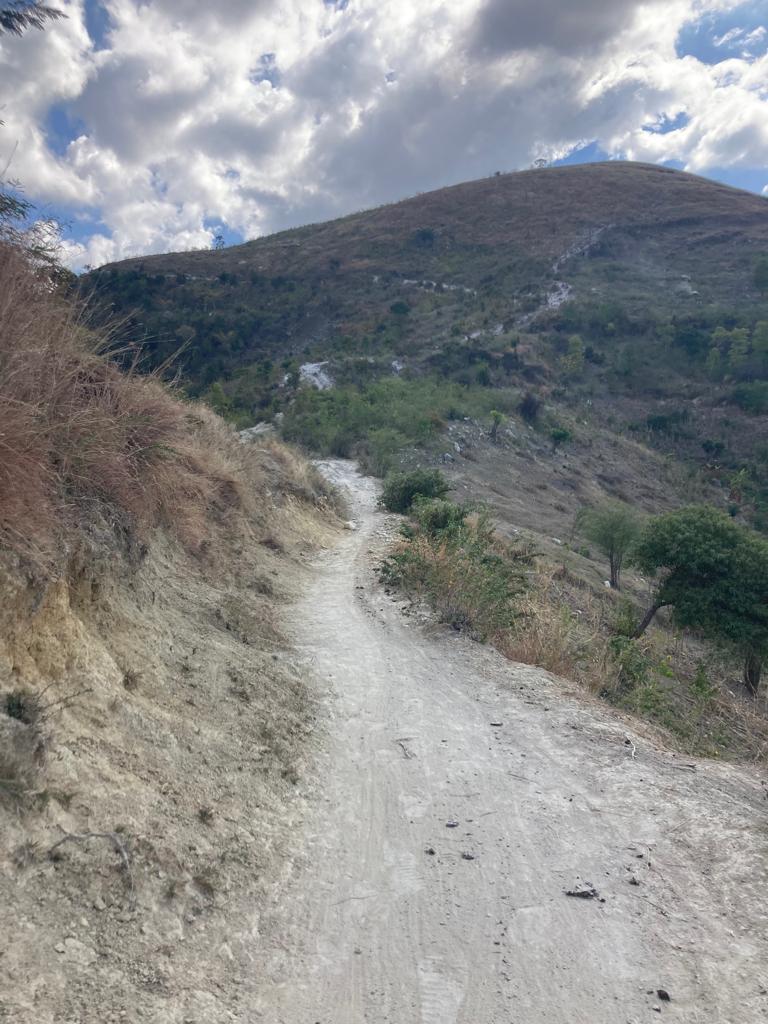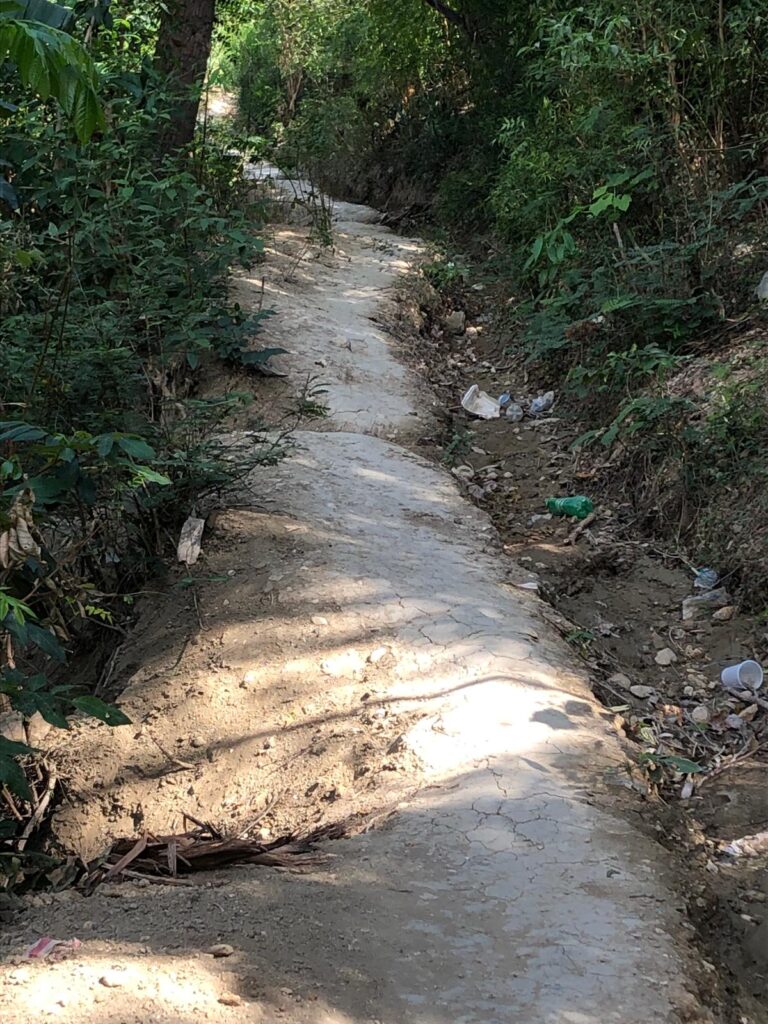In the rural village of Cazale, Haiti, life moves along on footpaths that wind through the hills and valleys. Unlike many places where cars and vehicles dominate the roads, here, the people rely on their feet to get them where they need to go. The narrow paths connect homes, schools, markets, and fields, weaving through the community and serving as lifelines for daily life.
From sunrise to sunset, you can see men, women, and children walking these paths, often with baskets balanced on their heads or leading animals loaded with goods. Farmers carry their produce—mangos, bananas, beans—on their heads or on the backs of donkeys for hours to sell at the market. These paths are not just a means of transportation; they are the arteries of commerce, where families make a living, selling or trading their harvest to support their households.
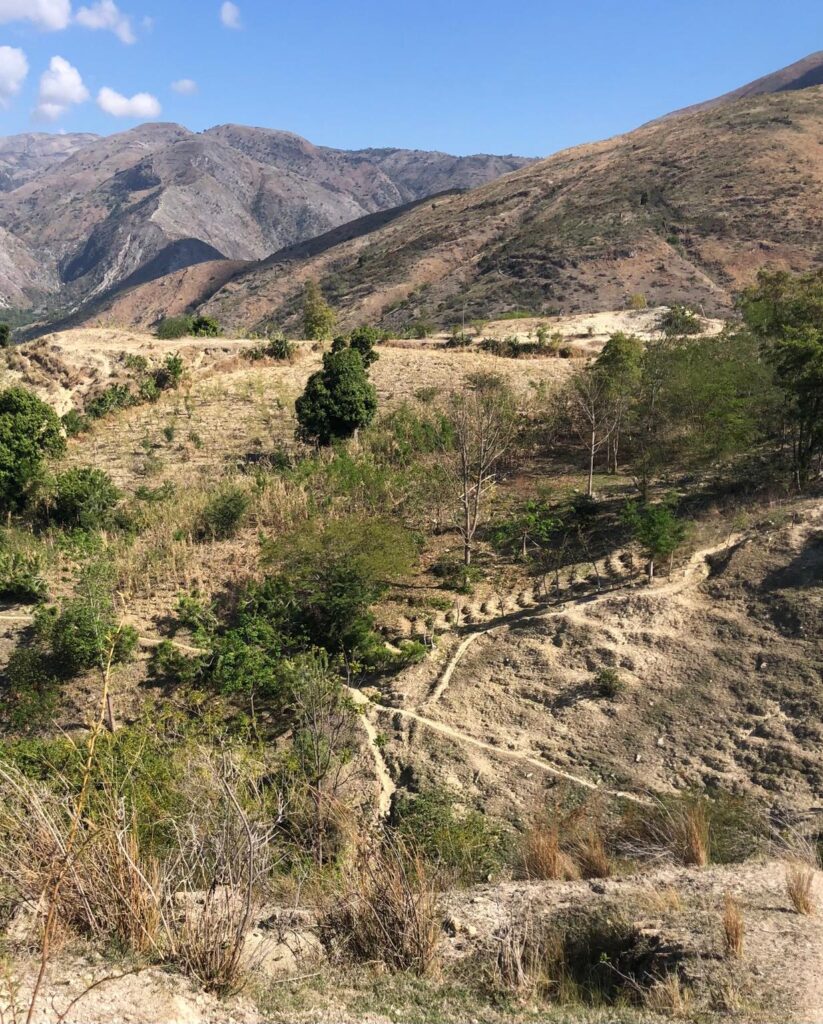
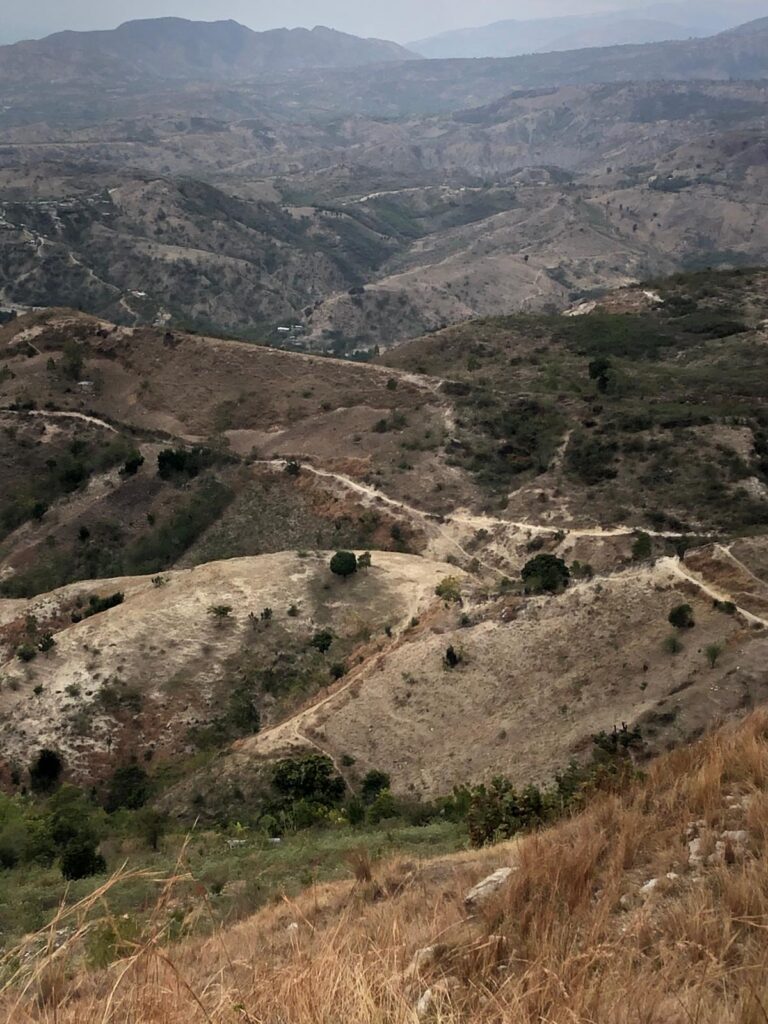
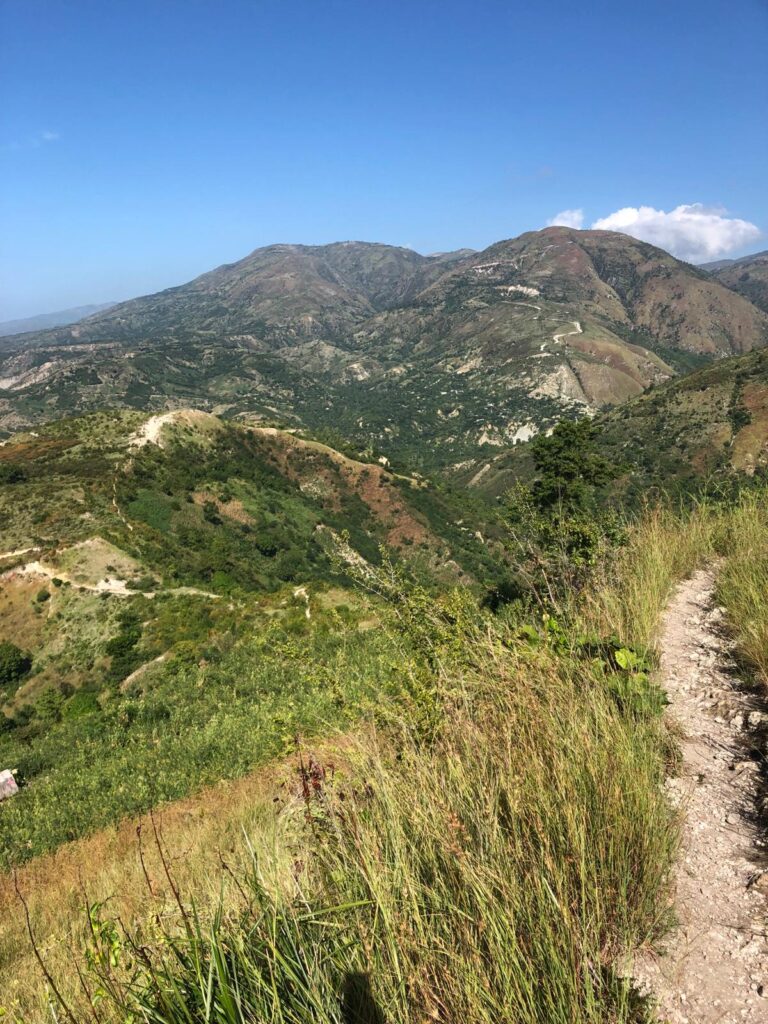
Children, too, know these paths well, walking long distances to reach school each day. Along the way, they greet friends, chat with neighbors, and share the experiences of their young lives. For adults, these paths also connect them to work and to one another. Whether walking to visit family, attend church, or run errands, the footpaths are an essential part of daily life.

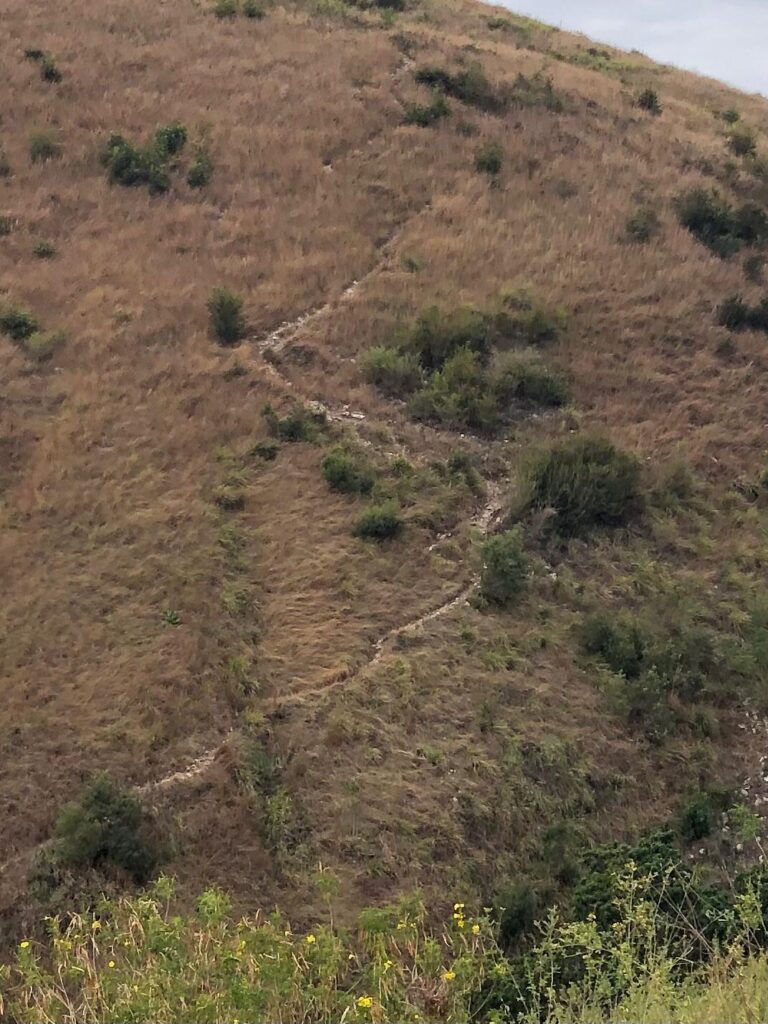
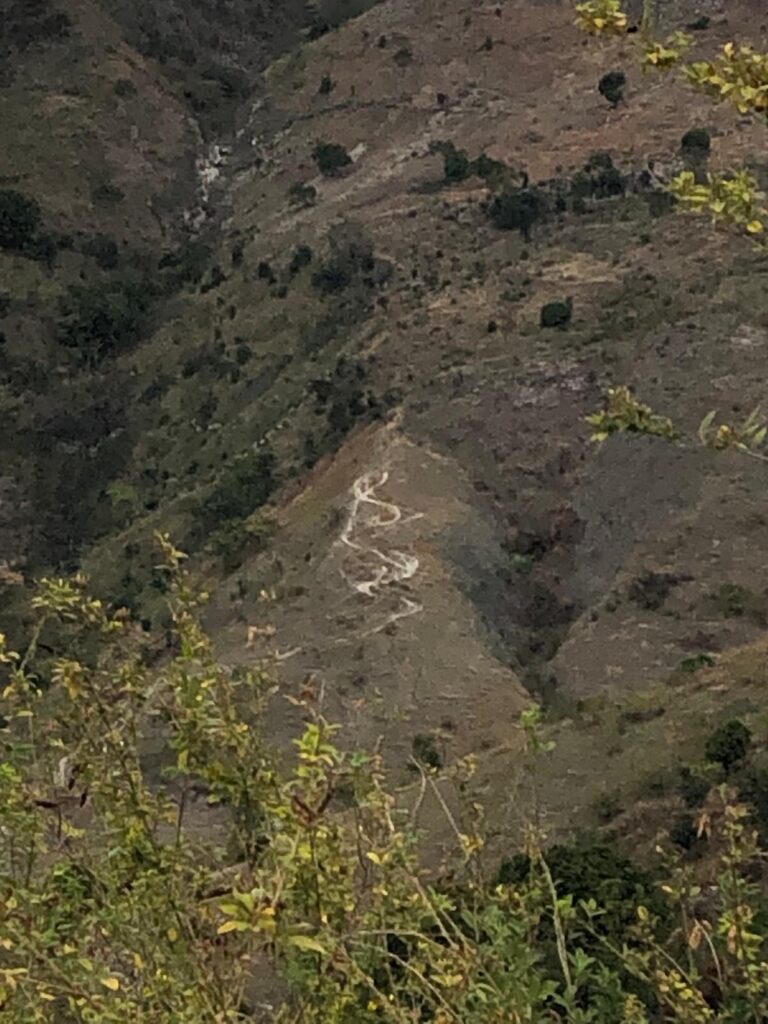
Despite the challenges of navigating rugged terrain and steep hills, the people of Cazale walk these paths with resilience and strength. The footpaths are not just practical; they hold a deeper meaning, representing the connection between the land, the people, and their shared journey through life in this remote part of Haiti. These well-worn trails have witnessed generations of footsteps and continue to be the foundation of community life.
